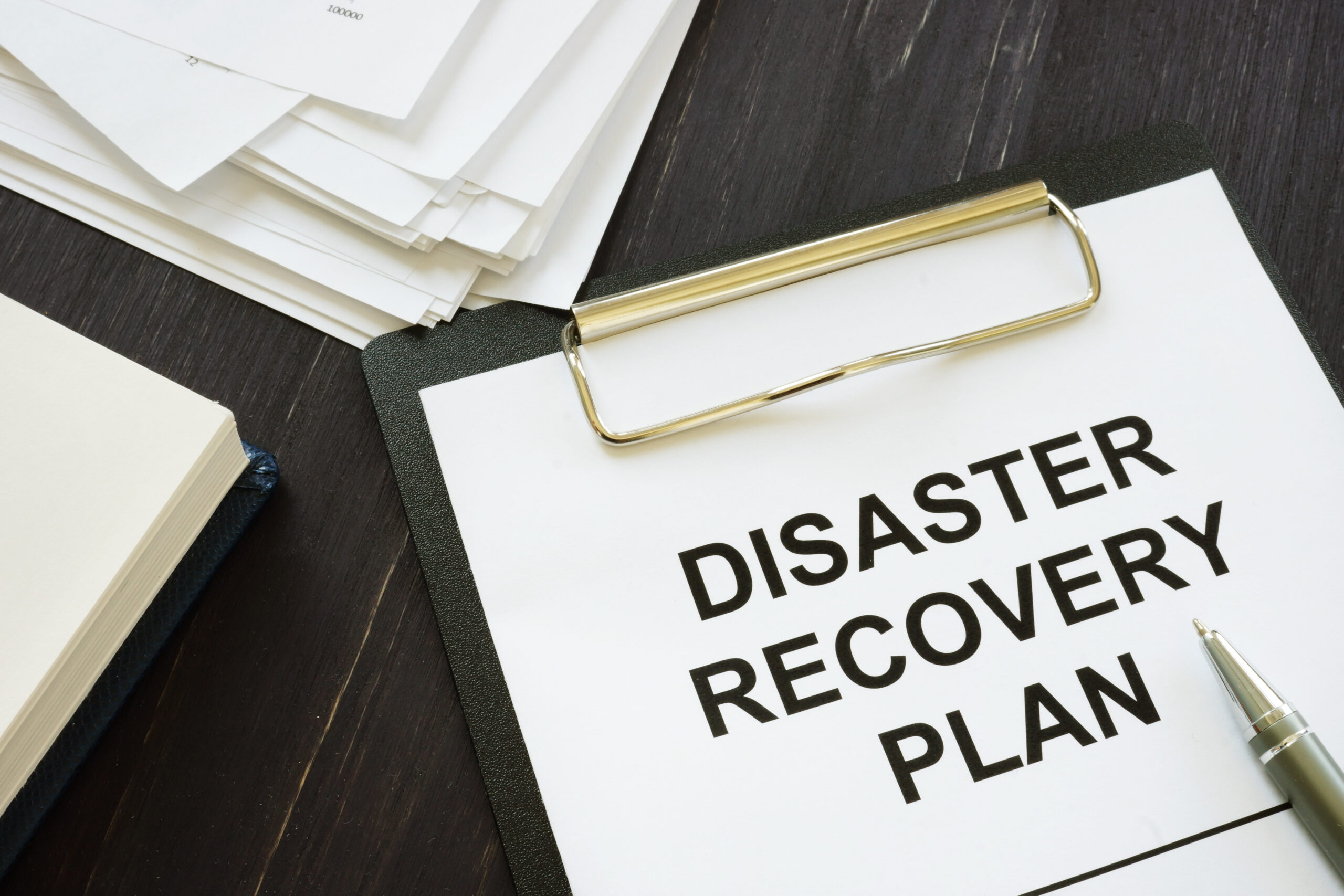In our ever-changing world, consumers expect a lot more from their customer...
Read more
 Published on 4th May 2023 by Gemma Harding
Published on 4th May 2023 by Gemma Harding
Businesses of all sizes should have a disaster recovery plan in place, even if it’s only very basic.
Planning for worse-case scenarios has become even more important than ever following the COVID-19 pandemic. This unprecedented global crisis had a major impact across multiple industries, forcing many companies to pivot operations almost overnight.
In this guide, we’ll run through how to effectively plan for disaster recovery.
In a nutshell, disaster recovery is a plan for recovery following an unexpected incident. This could be a natural disaster like a lightning strike or earthquake, or a human-made incident such as a cyber attack or major IT failure. And of course, it could also be a pandemic-related lockdown.
Disaster recovery is all about getting core operations back up and running, whether that’s IT systems, phone lines or databases.
A disaster recovery policy contains two key components. The first is an assessment of vulnerabilities and risks to critical business functions. The second is a series of measures and actions to be taken in the event of such a risk occurring. The aim of a disaster recovery plan is to mitigate risks and limit damage, so the business can continue running without major losses.
Disaster recovery is sometimes bundled in with something called business continuity planning. However, the two terms don’t quite mean the same thing.
Business continuity planning is focused on maintaining core operations despite unexpected incidents. But disaster recovery is for those extreme situations when operations are essentially brought to a halt. It puts plans in place to help the business recover as quickly as possible.
Disaster recovery planning can be quite complex. After all, there are a lot of variables and worst-case scenarios to factor in. But the key to developing a robust policy is to get the core essentials in place. Let’s run through the main areas you should be focusing on to start with:
Before you do anything else, you need to safeguard your data. In the event that your business is hit with a disaster of any kind, your critical data could be lost forever.
This is why the first step to any disaster recovery plan is data backup. It’s a good idea to develop a secondary data storage solution, just in case your primary one is compromised. Remote backups can help you get back up and running fast.
It’s recommended to look into cloud-based solutions for remote data backup, rather than relying on manual solutions. This eliminates the risk of human error, where someone forgets to do the backup. Cloud solutions automatically download and copy data to the frequency you said. So, you can focus on the day-to-day essentials.
A realistic and comprehensive assessment of risk should be at the core of any good disaster recovery policy. You need to identify all of the most pressing hazards which could put your operations online. Think creatively to cover all angles, but focus your energies on the most likely or the most damaging risks.
This will allow you to develop a plan for each eventuality, so you can respond effectively should the worst happen.
There’s no one-size-fits-all plan for disaster recovery. Every industry and indeed every organisation will have its own unique challenges. By all means look into what other similar businesses are doing, but you’ll need a tailored plan of your own. Otherwise, important details could be missed.
You don’t want to be fire-fighting in an emergency situation. Risks and hazards should already have been anticipated, so the disaster recovery plan can kick into action when it’s needed. This is why proactive thinking is so important when developing your policy. You can’t prevent or even predict exactly what’s going to happen, but you can definitely prepare.